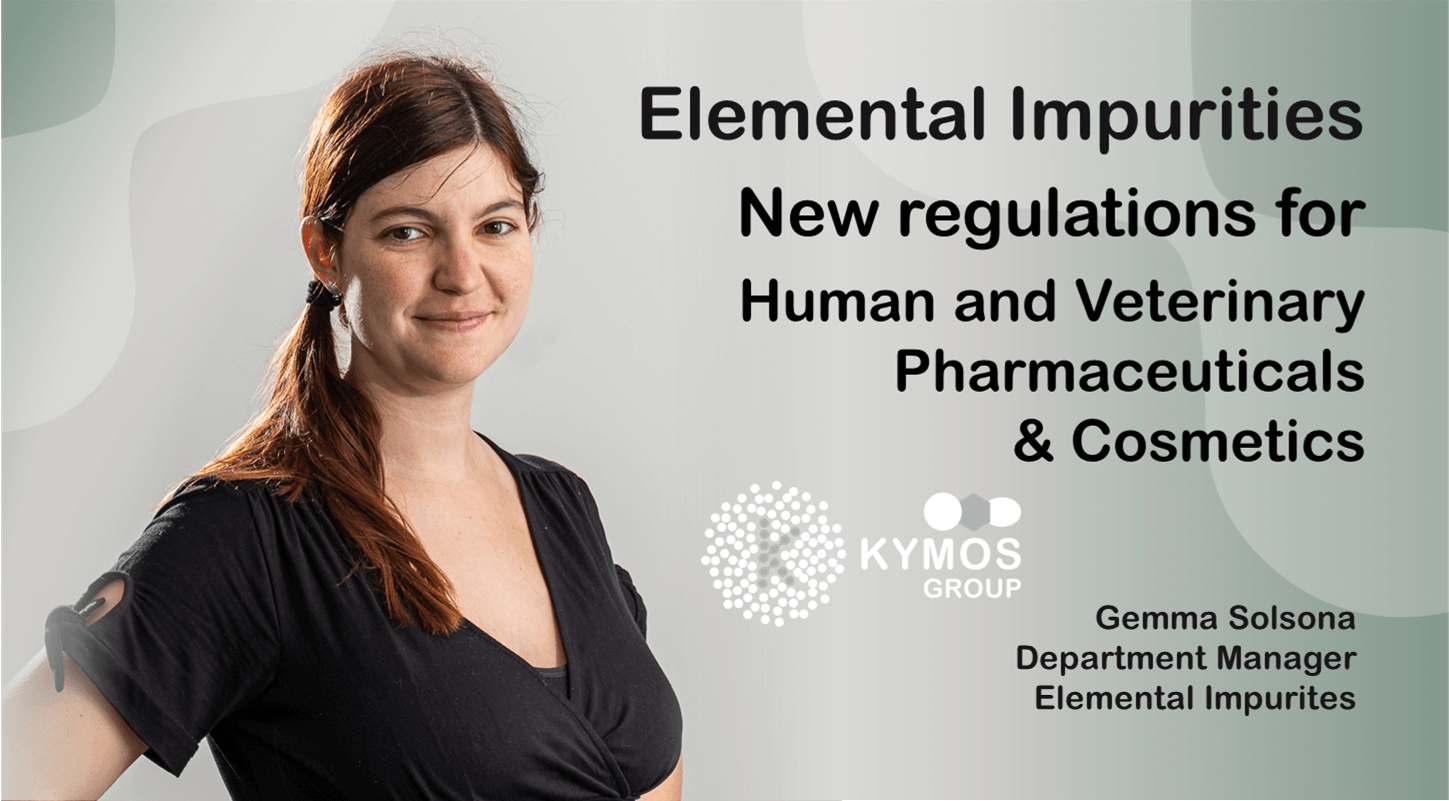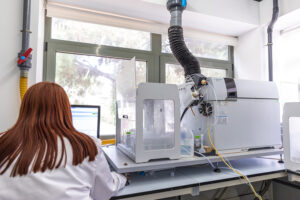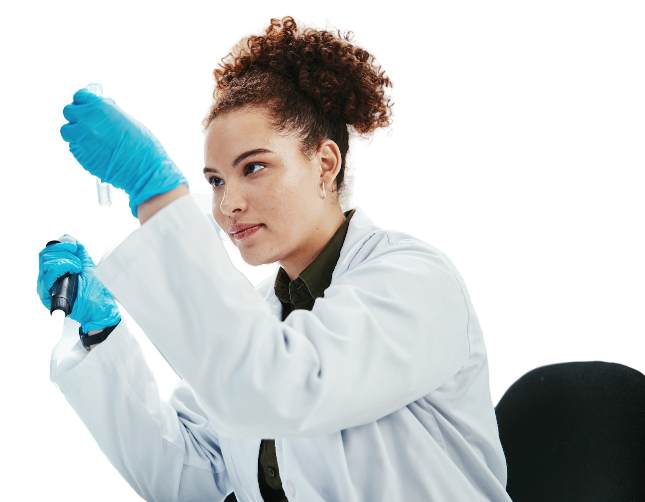
Elemental impurities in pharmaceutical but also cosmetic products are increasingly receiving the attention of the authorities. New limits are being defined constantly and it is essential to always be up to date with the latest regulations. Gemma Solsona, Head of Department for Elemental Impurities, informs about the most important recent regulatory developments:
“Currently, several changes are happening at the same time. First, the Guideline for Pharmaceuticals in human use: elemental impurities ICH Q3D (R2) now includes the cutaneous and transcutaneous route, alongside oral, parenteral and inhalation routes. Previously, when the new version was not yet available, we applied the less restrictive limits (those of the oral route) for the determination of elemental impurities for pharmaceuticals applied cutaneously and transcutaneously. With the new limits set for cutaneous and transcutaneous route available, we can see now that our clients were on the safe side for all the elements – except for Ni and Co. These elements are considered sensitizers and the new limits are lower than the ones applied for oral administration. So, our recommendation is to revaluate both elements to be sure that the results are perfect for submission to the authorities.”
| In their well-equipped department Gemma Solsona’s team can determine all 24 elements listed in the ICH Q3D guideline in a standard screening test and up to additional 10 elements under specific request. They use ion coupled plasma mass spectrometry instruments (ICP-MS), which allows for lower limits of detection and simultaneous multi-elemental screenings.
Furthermore, Kymos’ team has a long experience in quantification of elements in biological samples, both to determine toxic levels of heavy metals and for pharmacokinetic studies of metallodrugs for therapeutic uses, such as Sr. Li, Pt, Fe, Gd, etc. |
 |
“However, the changes in the ICH Q3D guideline for elemental impurities are not the end of the story.” Gemma continues her overview of regulatory changes. “Another new requirement is that by January 2023 a complete risk analysis must be carried out for elemental impurities in all veterinary medicinal products to demonstrate compliance with Ph. Eur. General Monograph 2619. This is a major challenge for veterinary companies as they have not had to deal with elemental impurities before. We can help here. Kymos has many years of experience not only in the field of elemental impurities but also with veterinary products. Together, this makes us perfect for the job. We are more than happy to provide initial consultation. Clients can contact me directly at gsolsona@kymos.com“
Finally, since 2022 not only pharmaceutical companies have to pay attention to elemental impurities. The ISO 23192:2021 standard now specifies an analytical method by which cosmetic companies must have their products tested for heavy metals. This method is pre-developed in Gemma’s team and can be used at any time. Gemma Solsona summarises:
“Whether human, veterinary pharmaceutical or cosmetic. We have the experience, the equipment and the expertise to determine the elemental impurities. Come and let us support you. We are looking forward to many new and exciting elemental impurities projects.”
Find out more about Kymos’ elemental impurities services at our elemental impurities webpage.
Or meet our experts at FarmaForum in Madrid, 05-06 October 2022, and attend Kymos’ workshop: “Recent trends in the impurity profile of pharmaceuticals”. Learn more about not only Elemental Impurities but also about Nitrosamines and Extractable and Leachables. Register now!

